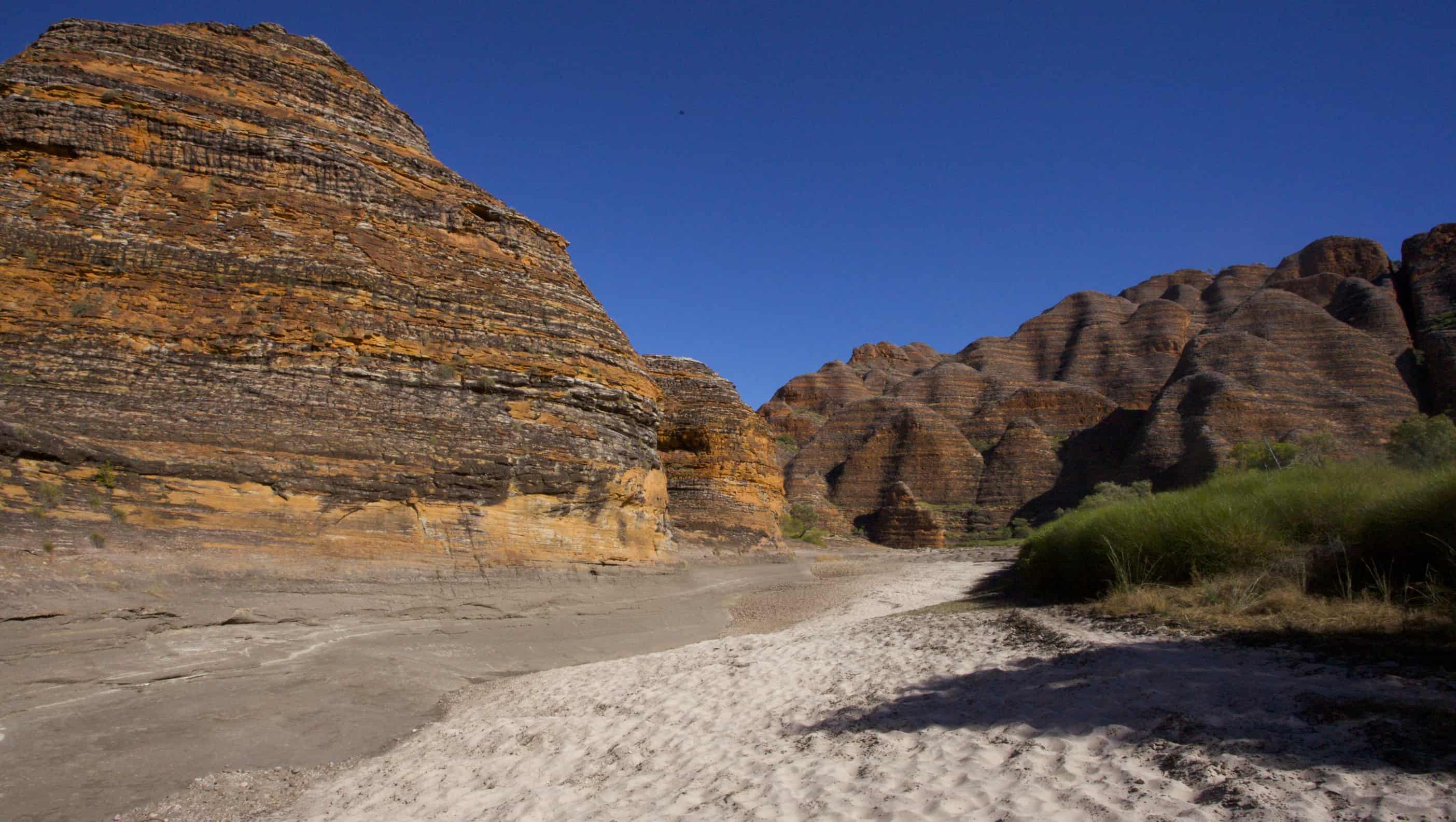The six states and two territories of the island nation comprise the Commonwealth of Australia in the South Pacific. Despite being the sixth largest country, the continents isolation as an island has preserved a number of unique areas that are of world interest. The Great Barrier Reef is the best known of the World Heritage Sites, but these others are equally amazing and worth a visit.
Kakadu National Park
 https://www.flickr.com/photos/raguy/
https://www.flickr.com/photos/raguy/
The area has been occupied by the Aboriginal people for 40,000 years and rich legacy of art remains on protected rock and cave walls. Archeological sites can also be found throughout the area. Most of the park is actually Aboriginal land although it is under protection by the Conservation Act of 1999. Many of the park residents are considered traditional owners and protect and respect the land as well.
The terrain is incredibly diverse ranging from floodplains and rivers to the stone country and southern hills. The tropical climate sustains more than 1700 plant species and is remarkable free of non-native species. Different regions of the park create separate ecosystems with eucalyptus and grasses covering open woodlands and water lilies filling fresh water patches. The impressive banyan fig is found in the forests along with other visually dramatic trees. The Ranger Uranium Mine is entirely surrounded by parklands, a curious anomaly in the midst of natural beauty.
Fraser Island
 https://www.flickr.com/photos/butke/
https://www.flickr.com/photos/butke/
The largest sand island in the world is 120 km long and 24 km at the widest point and has been accumulating for about 750,000 years. Surprisingly a type of fungus present in the sand creates a nutrient bed that allows plants to grow and in fact the island has rainforest, woodlands, mangroves and peat swamps. Sand dunes and coastal heaths also make up the terrain. A few mammals live here but most of Fraser Island is the domain of reptiles, amphibians and birds.
All of the hills are a result of blown sand piling up and as such they move around the island at the rate of a metre or two per year. Coloured sand from mixing with clay is another unique feature found in several places on the island. When combined with hematite the mixture acts like cement, building steep cliffs of coloured sand. McKenzie Lake, one of hundreds of freshwater lakes on the island has beaches of silica so pure that it can be used to brush your teeth.
Greater Blue Mountains Area
 https://www.flickr.com/photos/cheuk9739/
https://www.flickr.com/photos/cheuk9739/
The Site consists of 30,000 sq km of forested area, sheer cliffs, deep valleys and lakes. The biodiversity in the ancient area is incredible and the name Blue Mountains comes from an amazing bit of chemictry and physics. Huge areas are covered with various Eucalyptus species that disperse essential oils into the air when the temperatures are high. The particles in the air disrupt some of the waves from the light spectrum leaving a blue haze that seems to colour the mountains.
The area is a perfect natural laboratory for studying the eucalypts and contains a huge diversity of species. Other ancient plant species have been found in the Area including the Wollemi pine, one of the rarest species in the world.
Purnululu National Park
 http://bit.ly/16PY18N
http://bit.ly/16PY18N
The Bungle Bungle Range is made up of sandstone domes that are fascinating mounds of orange and grey bands of sandstone and clay. The orange colour is from oxidized iron in dryer layers while the grey is the cyanobacteria growing on damper layers. Because of the biological nature of the domes, their appearance changes depending on the weather, season and position of the sun.
In addition to the curious domes, the plateau is cut by sheer-sided gorges and slot canyons making access difficult. The track to the park is only usable in the dry season and typically takes over three hours to travel the 53 km to the visitor centre. The best way to see the park is by helicopter or by taking one of the marked hiking trails.
Bonus – Australian Convict Sites
During the 18th and 19th centuries the British Empire constructed thousands of penal facilities. UNESCO has listed 11 of the best surviving examples as a single World Heritage Site although they are scattered all around the country. No single colony may be worth a trek to visit but should you be in the area, a detour to the site is a glimpse into the past.
- Old Government House(NSW)
- Hyde Park Barracks (NSW)
- Cockatoo Island Convict Site (NSW)
- Great North Road (NSW)
- Kingston and Arthur’s Vale Historic Area (Norfolk Island)
- Port Arthur (TAS)
- Cascades Female Factory (TAS)
- Darlington Probation Station (TAS)
- Coal Mines Historic Site (TAS)
- Brickendon-Woolmers Estates (TAS)
- Fremantle Prison (WA)


